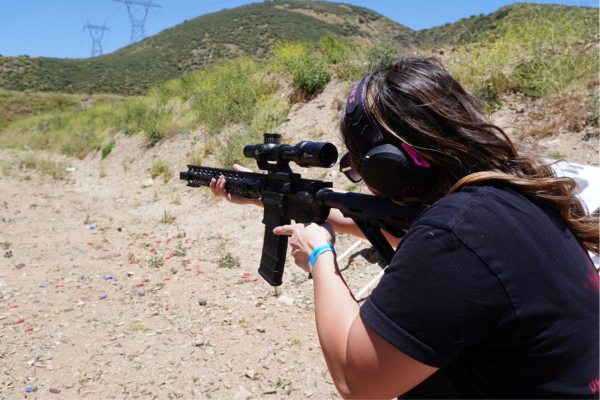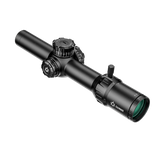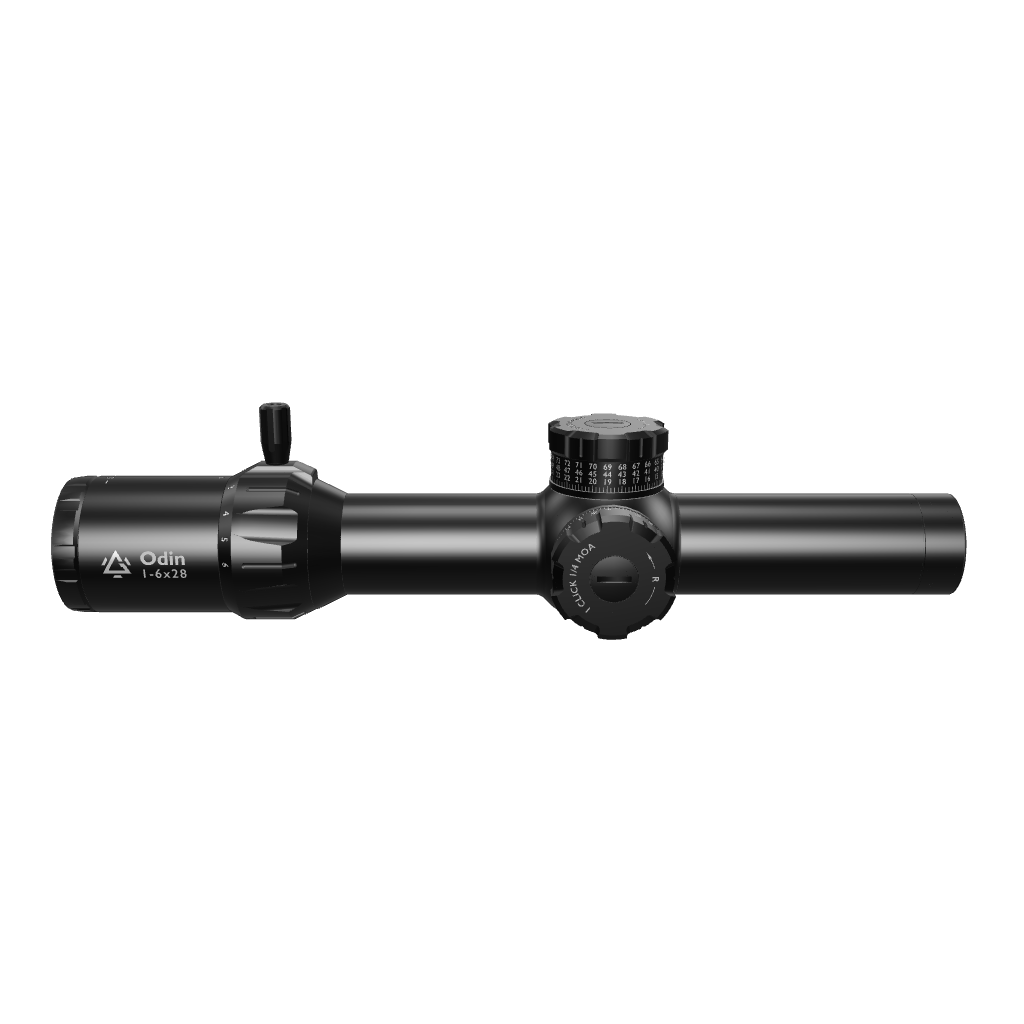How to Get Started in Long-Range Shooting
If you would like to get into precision shooting or engage in long-range shooting competitions, many other options are open to you. Let's say you have never attended any shooting competition, and your time at the range has been limited.
Here are some recommendations if you're looking to get started with zero experience. Stick around, because we'll be providing you with some organizations to explore, online resources that may be helpful, and suggestions on how to obtain the right gear.
1. Start with Local Shooting Ranges
The first step is to search for outdoor shooting ranges that offer distances of at least 300 yards. Many clubs list their range capabilities on their websites.
Not every range is ideal for beginners, though. Look for ranges that:
- Have open shooting days for the public.
- Host precision rifle matches or long-range leagues.
- Offer steel target ranges, which provide immediate feedback on your shots.
Don't hesitate to call or visit and inquire about long-range shooting opportunities.
Joining a range that extends to 500 yards or more will give you access to participate in F-Class and local PRS (Precision Rifle Series) matches as well.
And if you are visiting for the first time, here are four tips for shooting at a gun range you must know about.
2. Explore Precision Rifle Competitions
There are several beginner-friendly competition series that will help hone your skills and get you into long-range shooting.
Most of these clubs are quite welcoming, and they will welcome you. Here’s a tip if you are new to a gun competition: you can contact Match Directors (MDs) for guidance. They are always more than willing to help.
Check out these PRCs
- PRS (Precision Rifle Series): The PRS Club Series is designed to be beginner-friendly. You can find local matches by visiting precisionrifleseries.com.
- NRL22 and NRL Hunter: NRL22 uses .22 LR rifles for affordable, accessible long-range training (out to about 200 yards).
- NRL Hunter focuses on field-style long-range shooting, great for developing real-world skills. Many shooters credit NRL22 with sharpening their fundamentals, making it a fantastic entry point.
- F-Class and High Power Rifle Matches are also competitions that often involve shooting at 600–1,000 yards. They are organized by reliable clubs affiliated with the NRA.
- Quantified Performance (QP) Matches: If you have a centerfire rifle like a 6 ARC, QP matches could be a great fit. They are a bit more challenging, but their communities are super welcoming and supportive.
Pro Tip: Visit Practiscore and search for matches in your area. It’s an excellent tool for finding competitions in the next month, although it may require some digging for events farther in advance.
3. Connect with Gun Shops, Shooting Clubs, and Facebook Groups
Local gun shops are goldmines of information. Most of the time, the staff and other frequent customers are often aware of upcoming matches, club events, and private ranges that aren't widely advertised.
Some clubs also have bulletin boards filled with flyers and announcements for:
- Training days
- Rifle matches
- "Fun shoots" for newcomers
You should also consider joining local, shooting-focused Facebook groups. These groups often post about club-level matches, "fun shoots," and other low-pressure events perfect for beginners.
4. Dive into Online Communities and Forums
If you're new to long-range shooting, online platforms are invaluable for discovering opportunities. Look for groups on Forums, Reddit, or Quora: here are some examples:
- Sniper's Hide (forum.snipershide.com): A hub for long-range shooters with match listings and local meetups.
- Accurateshooter.com: Another great resource for news and upcoming events.
- Facebook groups and Reddit communities: Look for local shooting groups or forums like r/longrange.
These platforms often announce informal shoots and local matches you won't find elsewhere.
5. Attend Clinics and Training Courses
Many ranges host "Intro to Long-Range Shooting" clinics throughout the year. These courses often cover fundamentals like:
- Ballistics and wind reading
- Rifle setup and maintenance
- Range etiquette
Most of these classes are paid, but if you are serious about long-range shooting, they are worth it.
You can not only build your skills but also help you network with other shooters and often lead to competition invites.
6. Just Show Up and Shoot
If all of these methods fail, there is one option that always works: just show up and shoot. This is the biggest advice from experienced shooters. Here’s what many experienced shooters will tell you if you are hoping to start long-range shooting.
- You don't need the perfect gear to get started. Bring what you have — a gas gun with a zeroed optic (15x to 18x magnification is plenty for beginners), a shooting bag, and data for distances out to 600 yards.
For many shooters who have done this, it was quite a great experience.
- You can show with even the most basic gear, and even if you finish last, you will get hooked and learn a ton, which is exactly what you want.
- PRS shooters and Match Directors typically go out of their way to help new shooters with wind corrections, positional tips, and encouragement.
Even if you finish at the bottom, the experience and connections you make are invaluable. Everyone starts somewhere, and most competitors are more than happy to help newcomers.
Quick Tip: You Don't Need High-End Gear to Start
Many competitions have divisions for beginners (often called "Marksman" or "Tactical") where basic gear is completely acceptable. Don't wait until you have a $5,000 rifle setup to start competing — the key is getting out there and learning.
You can Start With An LPVO
Final Thoughts
Finding opportunities for long-range shooting is all about taking the first step. Whether it's practicing at your local range, signing up for a beginner clinic, joining your first NRL22 match, or diving headfirst into a PRS regional, the long-range community is very welcoming.
Dive in, keep learning, and enjoy every trigger pull on your long-range journey.
You might also be Interested:
You might want to delve into the topic of LPVO vs MPVOs to decide which one works for you. Here’s a simple guide on how to sight your rifle in 8 steps.







